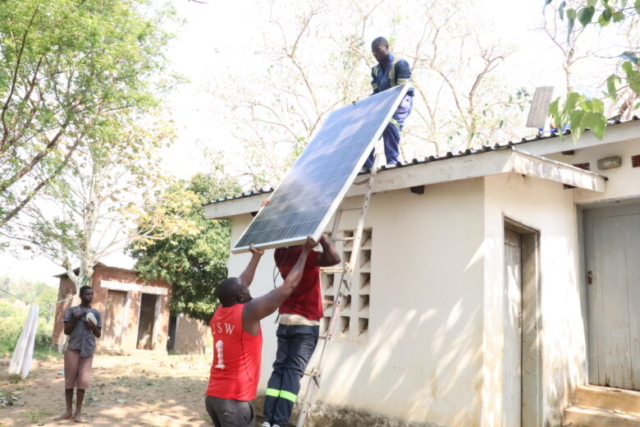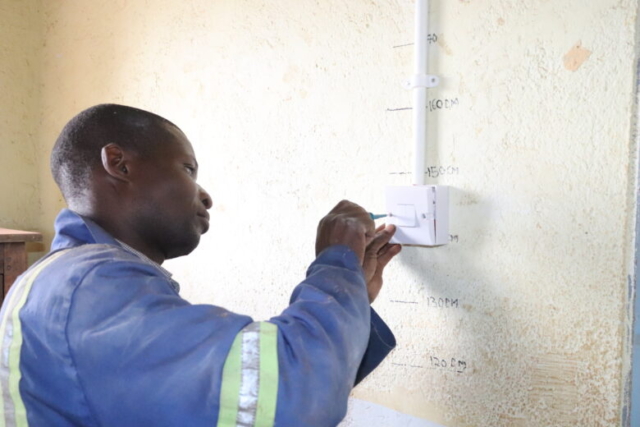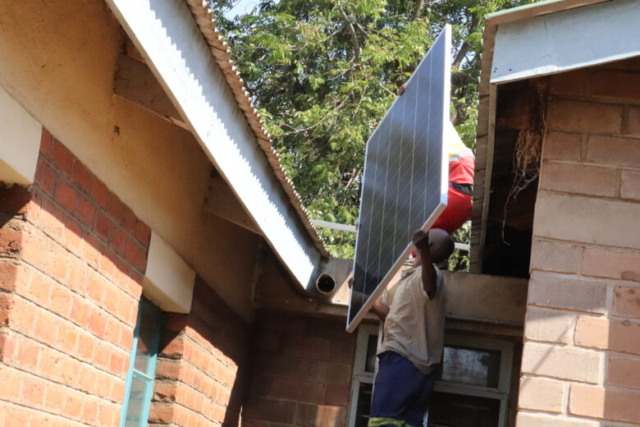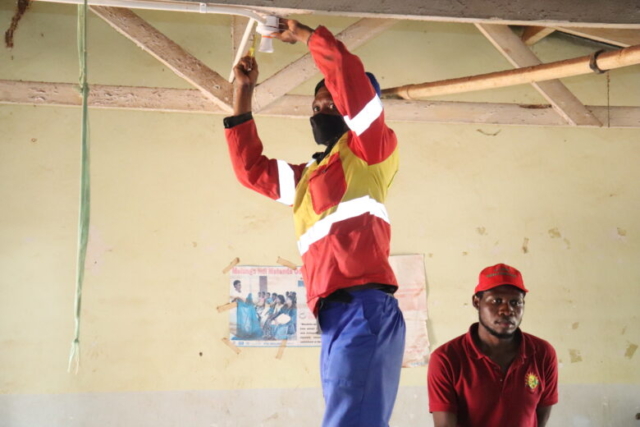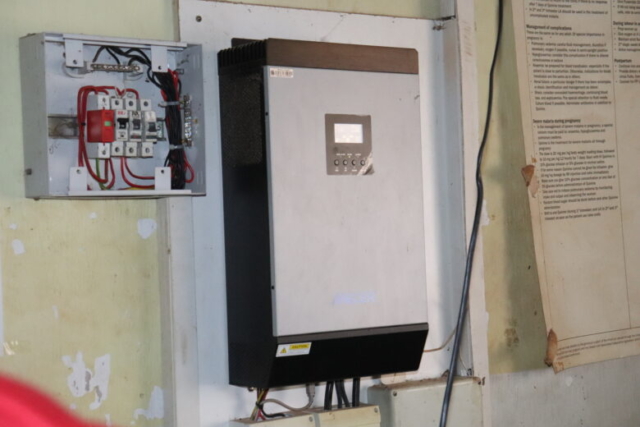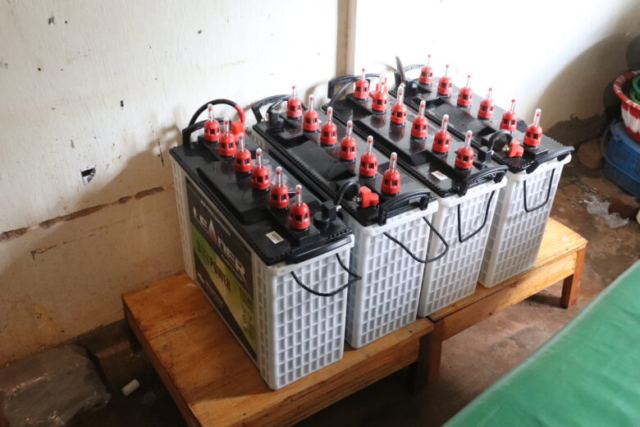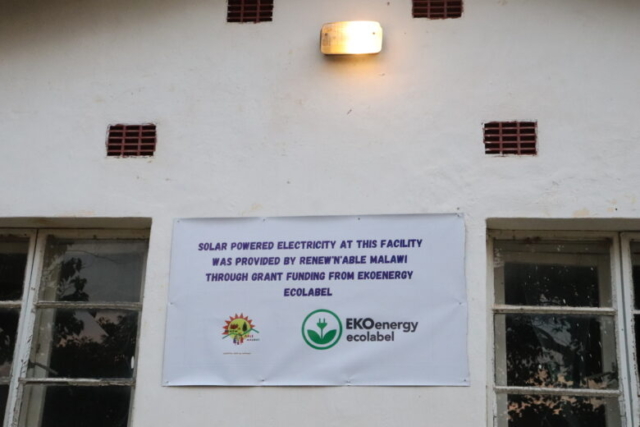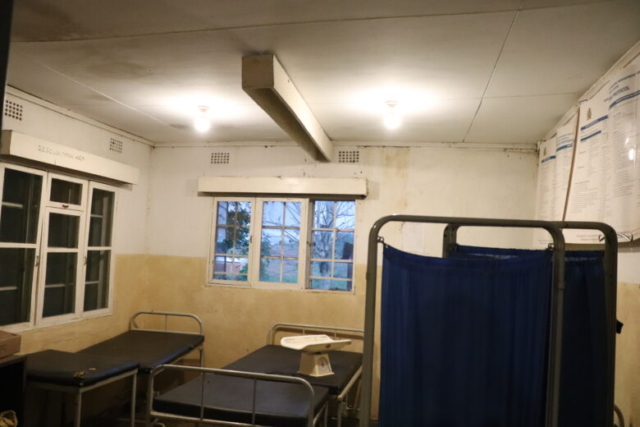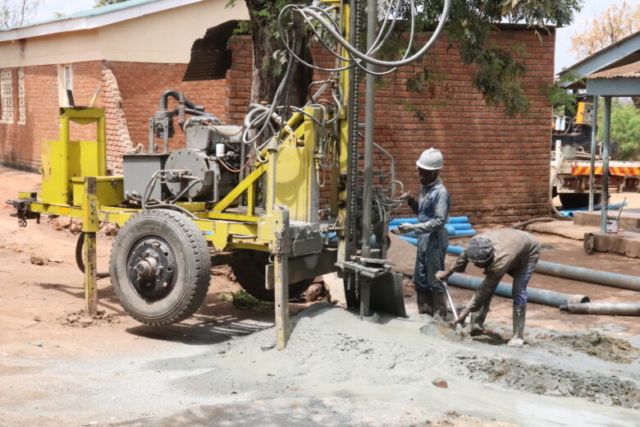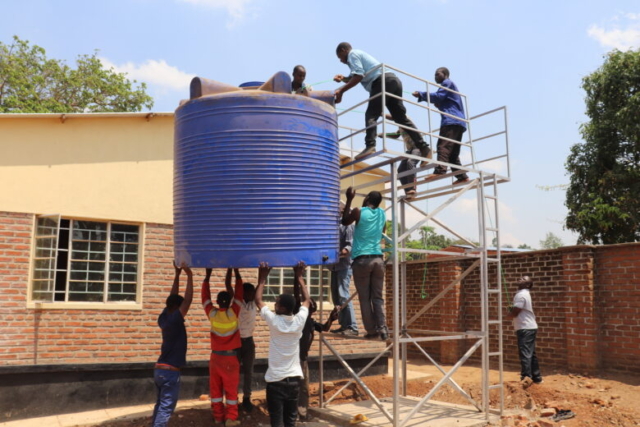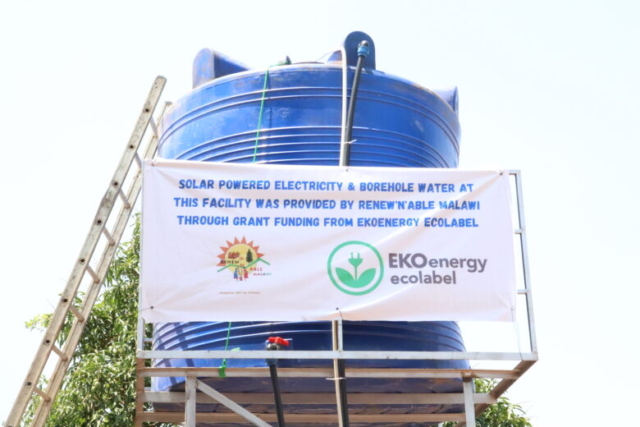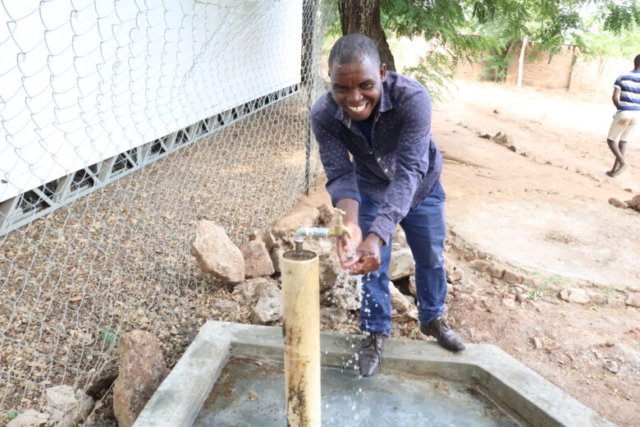Reducing Maternal Mortality Rates in Malawi through Solar Powered Electricity
The Problem
In Malawi, only 12% of the population has access to the national electricity grid with only 2% being rural households. This scenario has contributed to the challenges faced in the delivery of quality health services, particularly in the rural maternity wards where, according to the Ministry of Health, the maternal mortality rates are at 439 per every 1000 births. For example, in the rural areas of Malawi, where over 90% of health centres do not have electricity, it is often a requirement for all expectant mothers to provide a candle or a torch that will be used to provide some level of light when it is time to give birth particularly at night. Most women cannot afford to buy the candles or torches and for those who manage, the lighting provided by candles is not sufficient enough to create an ideal environment for child birth. As a result, a high number of children die at birth contributing to a high maternal mortality rate in Malawi, which is amongst the highest in the world.
The Solution
In July 2022 EKOenergy ecolabel gave Renew'N'Able Malawi a grant of €38,990 to install solar powered electricity in 4 rural health centres across 2 districts in the southern part of Malawi; and additionally to drill a borehole to supply water to 1 health center in each district. The selected health centres are: Gogo Nazombe health centre and Chiringa health centre in T/A Nazombe in Phalombe district and Nkhataubere health centre and Mapanga health centre in T/A Nsabwe in Thyolo district. The 4 health centres serve a total combined population size of 96,877 and are all located in rural remote areas that are more than 10 kilometres away from the national electricity grid. The main economic activities in these communities include farming of Maize and Rice, albeit on a mainly subsistence level. Previously, because of a lack of access to electricity, the selected health centres were unable to offer all basic maternal health care services at night and had to refer some patients to district hospitals that are located more than 12 kilometres away to access maternal health care.
Each health centre was equipped with a 2.4kWh solar PV array, a 2kVA hybrid solar inverter and a 1,000Ah battery bank. 2 health centres had an additional 1.5Kw solar PV array installed to power a 1Hp solar hybrid water pump that pumps water from a 45-meter-deep borehole into a 10,000 litre over head plastic storage water tank that uses gravity to supply water to the health centre and 2 taps that supply water to benefit the local communities surrounding the health centre. To ensure sustainability and that the solar systems continue to benefit the communities for many years, the project trained the health facility’s management committees as well as officials from the District Health Office on basic operation and maintenance of the installations to ensure that the operation and maintenance skills are retained. The Ministry of Health has committed to support future refresher trainings that will be scheduled periodically to respond to any possible change in health management personnel to ensure that the operation and maintenance skills are retained. The District Health Office has also agreed to include in their annual budgets a financial commitment towards the eventual costs that will need to be met towards replacing some components such as the battery bank. In the health facilities where solar water pumping systems were installed, the communities will be asked to contribute to a water access fund that will be used for any eventual repairs that may be needed.
The Impact
1. Reduction of maternal mortality rates & Improved Maternal Health Care in 4 Rural Health Facilities – The solar powered electricity has enabled safe delivery of new born babies in the maternity rooms as mid-wives and nurses now have adequate lighting to help them carry out their duties safely. This has also reduced the burden on the expectant mothers to purchase candles or torches that were previously used. It has also been observed in Malawi that qualified health professionals are reluctant to work in rural health facilities that are not electrified as it makes their work difficult. This project has made the 4 rural health facilities an attractive option for health professionals and as a result this will help in attracting and retaining qualified health professionals who will benefit the whole community at large. This project is directly aligned with the first target under SDG3 – ‘Good Health and Well Being’ – ‘reduction of maternal mortality’
2. Increased access to Clean Water in 2 rural health facilities and surrounding communities – The solar powered water pumping and distribution systems have brought water to 2 health facilities that previously did not have running tapped water and this has helped reduce the burden of patient guardians who had to walk some distance to water points in order to collect water for patients admitted at the health facility. Water is also used for general cleaning and maintenance of the health facilities and as such, provision of clean tapped water has created a higher standard of cleanliness at the health facilities. The surrounding communities are also benefiting from the 4 taps that were installed a few hundred meters adjacent to the health facilities where clean water from the solar powered pumping system is now supplied. The clean tapped water is contributing to a reduction of water borne diseases often caused by collection of water from unsafe and open water points and wells. The project has also indirectly increased the quality of life of the communities as they now have to walk short distances to access clean water and quality health services. This project also contributes to the achievement of SDG6 – ‘Clean Water and Sanitation’
3. Access to Clean Energy – The project will also contribute to the achievement of SDG7 which seeks to ensure universal access to affordable, reliable, sustainable and modern energy for all.
Project Media
Funded by:

Project Budget:
€38,990
Project Duration:
6-Months
July - December 2022
Current Status:
Successfully Implemented
On-Going Monitoring in Progress

